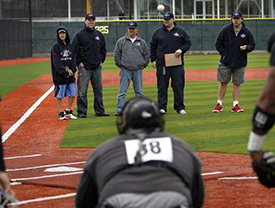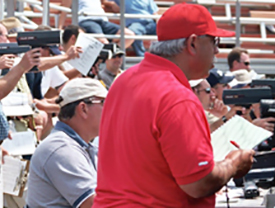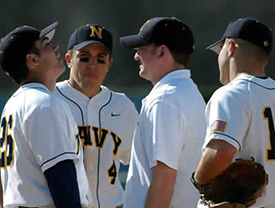Recruiting
about recruiting
The recruitment process is similar to that of the Major League Draft, a high school athlete is taking the next step in his career.
The National Collegiate Athletic Association (NCAA) places restrictions on the coaches that are trying to convince athletes to play for them and attend their university.
College baseball and softball programs are only allowed to offer a limited number of scholarships each year, so the process of earning a scholarship is quite competitive.
Baseball and softball are classified by the NCAA as an "equivalency" sports, which limits athletic financial aid and set to the equivalent of a fixed number of full scholarships.
Division I schools are allowed the equivalent of 11.7 full scholarships; Division II schools, only 9.0. Schools generally choose to award multiple partial scholarships rather than exclusively full scholarships. In Division I, the NCAA also limits the total number of players receiving athletic-related financial aid to 27 and also requires that each of these players receive athletic aid equal to at least 25% of a full scholarship.
Before September 1st of a potential college player’s 11th grade year, it is illegal for a college program to give any kind of recruiting materials to the prospect.
A phone call is not even permitted to the prospect until July 1st of his 11th grade year.
Once the player is committed to the school of his choice, he must sign his letter of intent during one of two signing periods. The early signing period for a Division I baseball or softball player is between November 8th and 15th; the late signing period or spring signing dates are April 11th to August 1st.
After the camp or showcase, we receive the feedback and measure the skill set of the student-athletes ability, conduct a profile management and educate the player on academic requirements.









